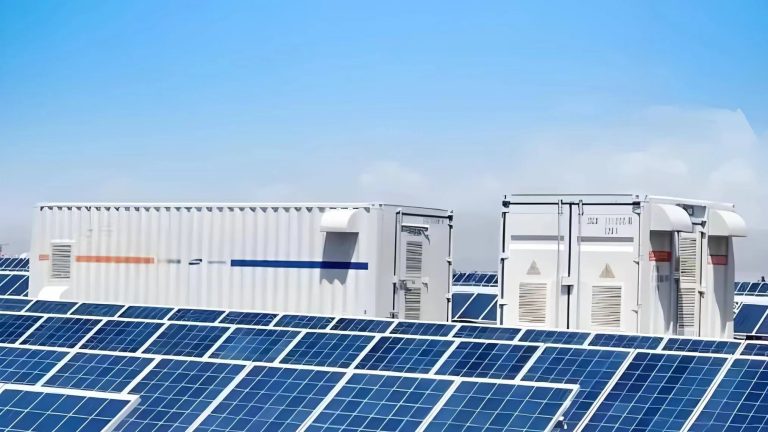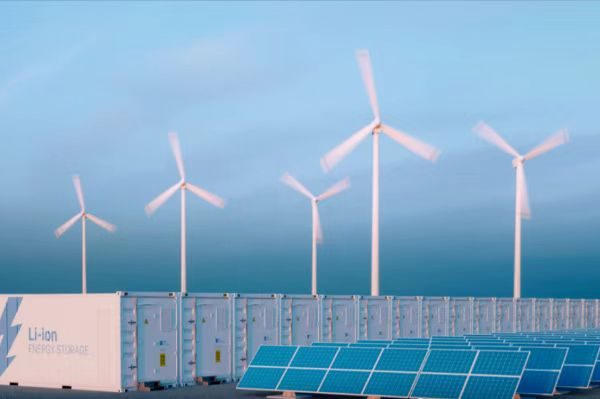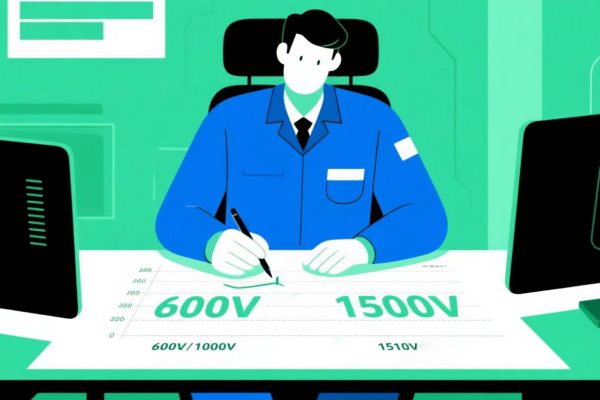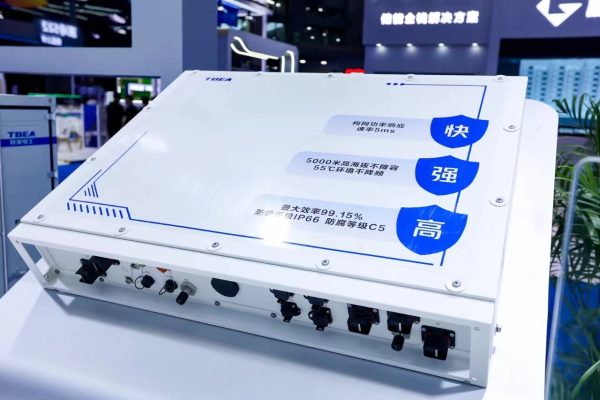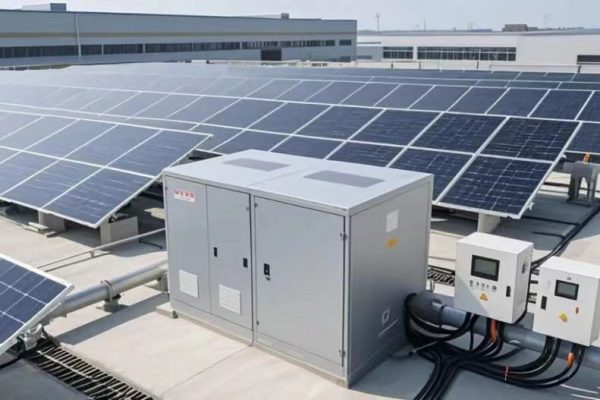Remote Evaluation Strategies for Technical Traders and Project Buyers
When sourcing batteries, inverters, or integrated energy systems, performing a proper supplier audit is critical to ensuring product quality, delivery reliability, and long-term serviceability.
But what if you can’t visit the factory?
For many buyers—especially those handling small to mid-sized solar+storage projects—travel is impractical due to time, cost, or geopolitical constraints.
This article breaks down how to audit suppliers remotely while still maintaining professional-level risk control.
1. Why You Can’t Skip the Audit
Even small projects carry reputational and financial risks if:
- Products fail early
- Certificates are invalid or misused
- Promised specs don’t match actual shipment
- Delivery is delayed without warning
An audit—on-site or remote—helps confirm:
✅ Whether the supplier actually manufactures or just trades
✅ If quality control exists beyond PowerPoint
✅ Whether production timelines are realistic
✅ If the company is capable of after-sales service
2. What Does a Remote Audit Include?
Think of a remote audit as a structured due diligence process, combining digital proof with critical questioning.
Here’s what to verify:
| Audit Area | What to Check |
|---|---|
| Business legitimacy | Company license, export records, ownership structure |
| Facility verification | Photos/videos of factory, lines, warehouse, key machines |
| Production capability | Output capacity, lead time vs. order size, shift schedule |
| Product traceability | Serial number control, labels, batch records |
| Certificates | CE, UN38.3, MSDS, UL, ISO9001 – match product + issue date |
| Testing protocols | In-house QC tools, test procedures, final inspection sheets |
| After-sales system | Who handles claims? How fast is response? Where are spares? |
3. Start with Document-Based Due Diligence
Before scheduling a video call or factory tour, gather and verify:
- Business license (营业执照), tax ID
- ISO certifications (especially ISO9001, 14001)
- Product-specific certificates (CE, UN38.3, UL)
- Customs records (e.g., using Import Genius)
- Website, showroom, catalogs — do they match each other?
Cross-check company names on:
- Alibaba / Made-in-China profiles
- Bank account info on proforma invoice
- Certificate issuer sites (e.g., TUV, SGS, Intertek)
Red Flags:
- Certificates with mismatched company names
- No clear factory address on documentation
- Same battery model shown by multiple sellers
4. Request a Factory Walkthrough Video
Ask your supplier to send a 5–10 minute walkthrough video that includes:
✅ Exterior shot of the building
✅ Signboard/logo at factory entrance
✅ Assembly line, test stations
✅ Battery cell stockroom or inverter testing area
✅ Packing station, warehouse stock
✅ Key equipment (e.g., laser welding, charge/discharge testers)
You’re not just looking for a fancy video—you’re looking for:
- Real working people and machines
- Serial number labels, test setups, QC sheets
- Signs of consistent throughput vs. rushed mock-ups
If they already have recent videos, request one shot during your PO timeline to verify current conditions.
5. Use a Third-Party Audit Firm (If Needed)
If video proof isn’t convincing or the order is high-value, consider hiring a local third-party to:
- Do a 1-day basic factory check (~$250–$350 in China)
- Confirm stock levels or witness production
- Check packaging and DG handling before container loading
- Conduct on-the-ground final inspection (especially for batteries)
Well-known firms:
- Asia Inspection (QIMA)
- SGS, TUV
- V-Trust, ProQC
For small orders, combine this with your container booking to save time and cost.
6. Video Call Audit: What to Ask and Observe
A live Zoom/WeChat audit is often more revealing than a brochure. Prepare 10–15 smart questions.
For Inverter or Battery Suppliers:
- “How many systems do you ship per week?”
- “What’s your standard QC checklist look like?”
- “Can you show a battery test cabinet running?”
- “How do you store and rotate lithium cell stock?”
- “Where are your replacement parts kept?”
- “Can you show a unit with serial number from recent shipment?”
Observe:
- Factory cleanliness
- Real workers vs. staged team
- Packaging process
- Staff’s comfort in answering technical questions
- Factory signage, safety protocols
Even through video, hesitation or poor setup reveals a lot.
7. Validate Test and Traceability Procedures
Ask the supplier to show you:
- Final product test log sheets
- Serial number tracking system
- QC inspection forms (including packaging check)
- Sample failure logs and repair cases
Good suppliers can show a real tracking system — not just a claim.
You might also ask for a sample test report tied to a specific batch. If they can’t provide one, there may be no actual QA process.
8. Use Your Network to Cross-Check Reputation
Don’t rely only on what suppliers say.
Instead:
- Search their company name on LinkedIn — see who works there
- Join forums like Energy Storage Exchange or SolarQuotes
- Ask for recent client references and case studies
- Use Alibaba ratings — but be skeptical of paid reviews
- Google the brand + “problem” or “complaint” (in English and Chinese)
In B2B supply, reputation travels fast—positive or negative.
9. For Technical Traders: Document Your Remote Audit
If you’re buying to resell or install, you need internal quality evidence in case something goes wrong later.
What to keep on file:
- Audit video and screenshots
- Certificate scans
- Email confirmations of technical specs
- Factory layout diagrams or product flowcharts
- Pre-shipment packing photos
- Any third-party inspection reports
This becomes part of your client-facing quality narrative — showing that you didn’t buy blindly.
10. Final Evaluation: Is This Supplier Worth It?
By the end of your remote audit, you should answer:
- Are they a manufacturer or a trader?
- Do they show signs of structured QC?
- Can they scale if you re-order?
- Will they support you after delivery?
Your goal isn’t perfection—it’s confidence to proceed safely at the current PO size.
Start small, verify carefully, and scale only with proof.
Can Audit Without Flying
You don’t need to fly across the world to evaluate suppliers professionally.
By using:
✅ Structured documentation reviews
✅ Real factory video walkthroughs
✅ Smart live-call questions
✅ Third-party spot checks
✅ Certificate verification
✅ Digital storage of all audit files
…you reduce the biggest risks in battery/inverter sourcing while keeping your project lean and fast-moving.
As a technical trade partner, your clients count on you to filter for quality long before a product reaches their site.





